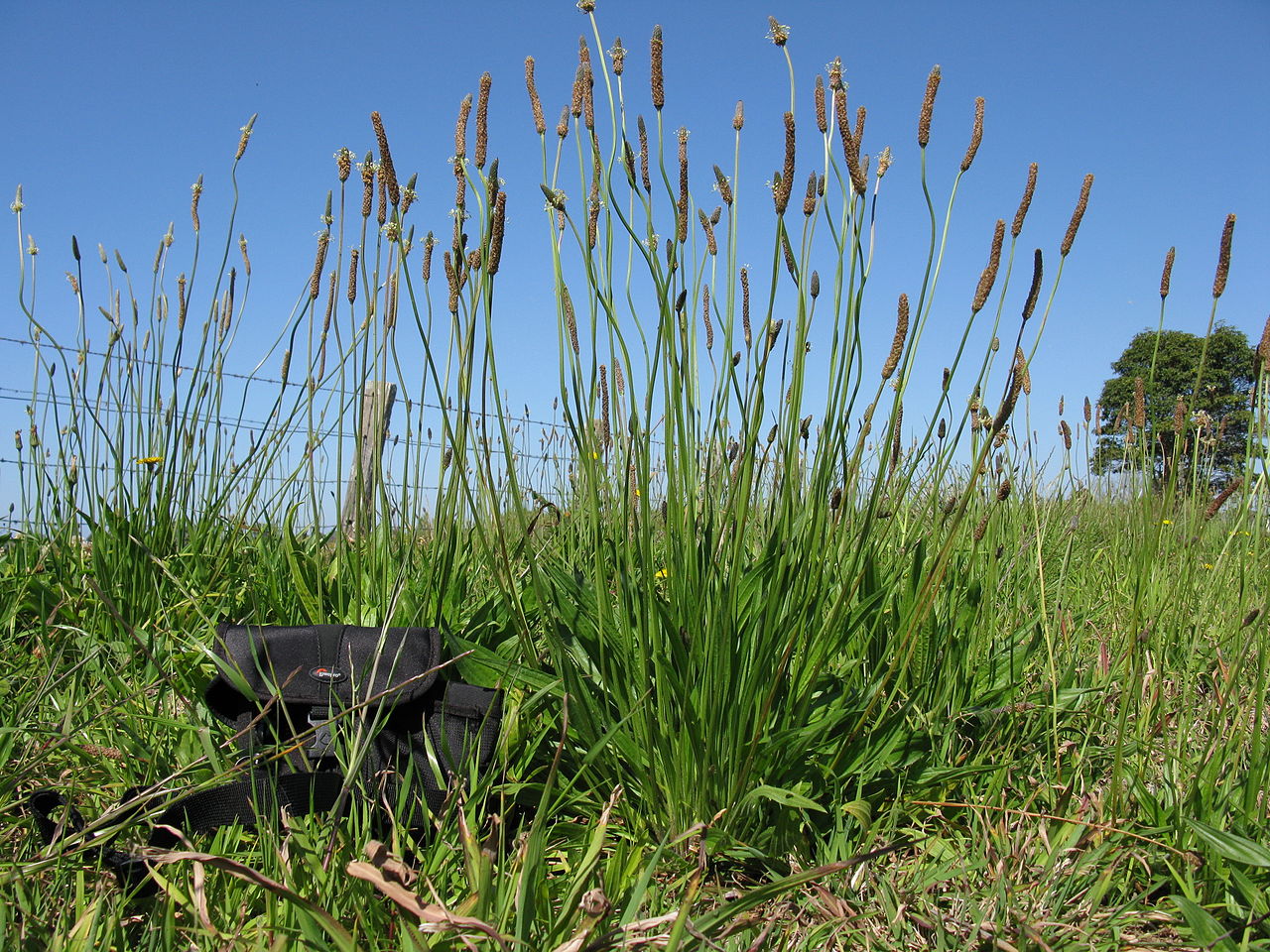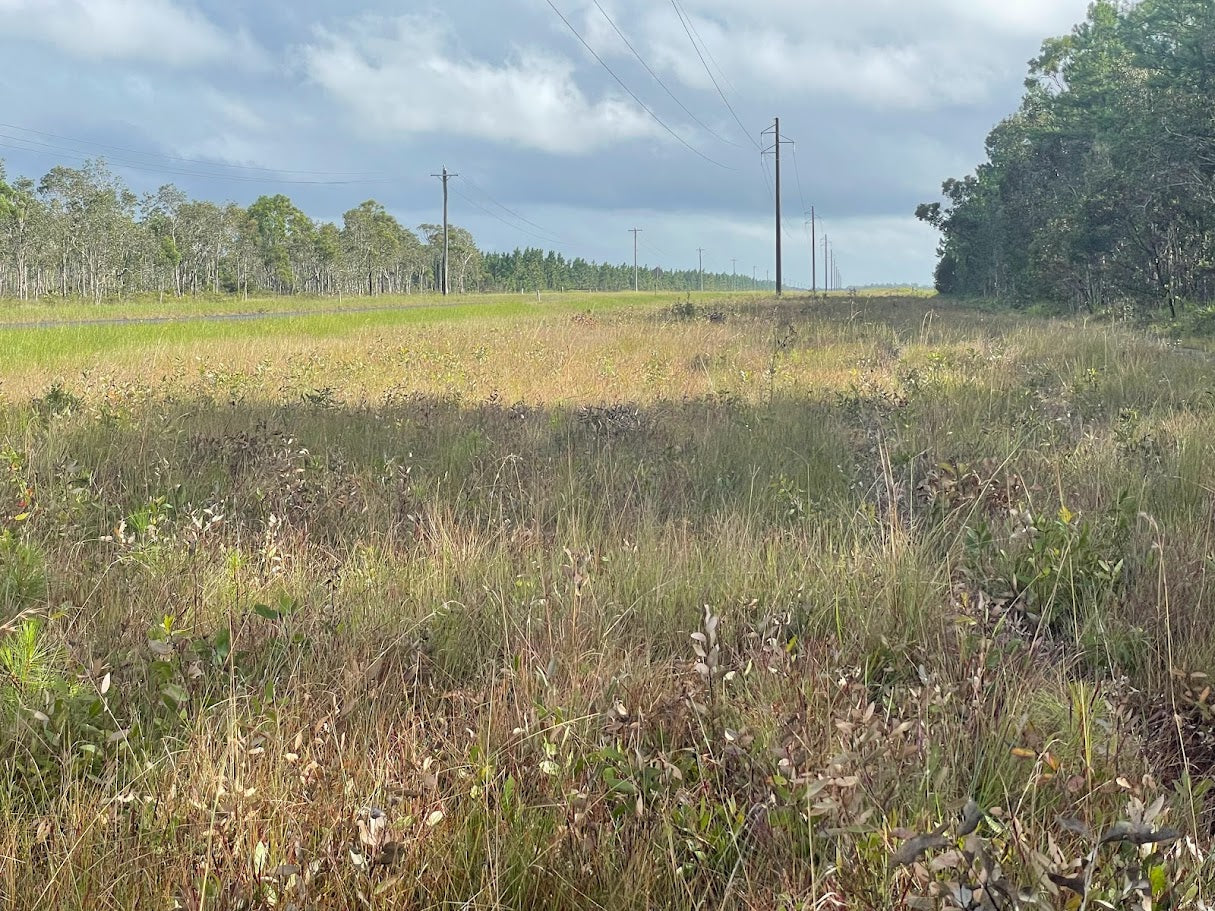
Pre-Emergent Herbicides for Enhanced Weed Control
A Case Study on Road and Rail Networks
Road and rail networks are vital for transportation across Australia. They often face a persistent challenge—weed infestations that compromise safety, aesthetics, and infrastructure integrity. In this case study, we explore how the use of pre-emergent herbicides helped asset owners and managers to:
-
Significantly improve weed control
-
Reduce interventions
-
Enhance safety
-
Prevent further weed-related issues on road and rail networks.
The Problem: Persistent Weed Infestations
Identifying the Issue
The primary concern revolved around the continuous presence of weeds along road and rail networks, causing various problems. The presence of these weeds posed a significant safety hazard. They also obstructed visibility, raised maintenance expenses, and endangered the stability of vital infrastructure.
Traditional techniques such as post-emergent herbicides and mechanical control were proving to be unsustainable. Both were expensive and demanded a significant amount of labour. The effectiveness of these methods was limited, typically offering only short-term relief from the weed infestations.
Evaluating Existing Practices
We evaluated the existing weed control practices by asset owners and managers. This represents a proactive approach towards improving their methods for maintaining sites. This initiative showcases a commitment to enhancing sustainability and cost-effectiveness, recognising the necessity of evolving methodologies in weed control.
By acknowledging the need for a more sustainable approach, these stakeholders likely identified various shortcomings in their current practices. These could include concerns about environmental impact, health hazards, or excessive costs associated with frequent interventions using herbicides. This recognition demonstrates a forward-thinking attitude that address these issues by adopting more efficient and eco-friendly alternatives.
Implementing Pre-Emergent Herbicide Strategies
Herbicide Selection
After careful consideration and consultation with experts, asset owners and managers decided to implement pre-emergent herbicide strategies. Pre-emergent herbicides prevent weed germination and establishment by forming a barrier in the soil. This reduces the need for frequent weed management activities.
The implementation of pre-emergent herbicide strategies aligns with sustainable practices. The targeted application of pre-emergent herbicides offers a more localised and controlled approach to weed management.
Explore our range of Pre-Emergent Herbicides Here:
Explore our range of Pre & Post-Emergent Herbicides Here:
Comprehensive Planning
Asset owners and managers developed comprehensive weed management plans tailored to specific regions and infrastructure types. These plans included:
-
Weed Mapping: Detailed mapping of weed distribution along the networks to identify high-risk areas.
-
Herbicide Selection: Choosing pre-emergent herbicides with a broad spectrum of control, effective against common weed species.
-
Optimal Timing: Determining the ideal timing for herbicide application, based on local weather conditions, and weed germination patterns.
-
Application Methods: Implementing efficient and precise application methods, such as spraying or granular spreaders, to ensure even coverage.
Monitoring and Adaptation
Continuous monitoring of weed populations allowed asset owners and managers to adapt their strategies as needed. Regular inspections and data collection helped identify areas where additional intervention might be necessary.
Explore our blogs relating to Herbicides here:
Results and Benefits
The implementation of pre-emergent herbicide strategies brought about significant benefits:
-
Enhanced Weed Control: Pre-emergent herbicides effectively prevented weed germination. This resulted in fewer weeds establishing and a reduction in weed populations along road and rail networks.
-
Reduced Interventions: The need for frequent post-emergent treatments and mechanical control significantly decreased. This had the added benefit of reducing maintenance costs.
-
Improved Safety: Enhanced visibility and reduced weed-related hazards contributed to safer road and rail travel.
-
Infrastructure Protection: The prevention of weed encroachment protected critical infrastructure from damage, ensuring the longevity of assets.
Preventing Future Weed Issues
To prevent future weed-related issues, asset owners and managers implemented several preventative measures:
-
Regular Inspections: Continued inspections and monitoring to detect early signs of weed infestations.
-
Education and Training: Training for maintenance crews on the importance of pre-emergent herbicides and weed management best practices.
-
Strategic Planning: Developing long-term weed management strategies that account for changing environmental conditions and emerging weed species.
This case study highlights the successful use of pre-emergent herbicides. They are extremely effective in addressing persistent weed infestations on road and rail networks. By adopting a proactive approach, asset owners and managers significantly improved weed control, reduced interventions, enhanced safety, and protected critical infrastructure.
The strategic shift towards using pre-emergent herbicides offers a valuable model for sustainable weed management across various asset management scenarios. This approach not only ensures cost-effectiveness but also yields long-term benefits that extend well into the future. By focusing on prevention rather than reactive measures, asset owners and managers can mitigate the proliferation of weeds effectively.
Additional content
VIEW GWS' ADDITIONAL CONTENT TO LEARN MORE ABOUT THE WEED INDUSTRY

Water pH and the Performance of Weak Acid Herbicides
Weak-acid herbicides must remain in their non-ionised (acid) form to move efficiently through the plant cuticle. When spray water is too alkaline, the herbicide molecule becomes ionised.
Read more
Towards Modern Vegetation Management: Solutions for Australia’s Linear Infrastructure
Understanding the Changing Vegetation Challenge Vegetation management across Australia’s linear infrastructure corridors is becoming increasingly complex. Roads, rail corridors, gas pipelines, elec...
Read more
Case Study: Parthenium Weed Hygiene
Introduction: The Necessity of Weed Hygiene Management Australia’s vast expanses and diverse land uses, from grazing pastures and cropping zones to natural bushland and urban corridors are u...
Read more
